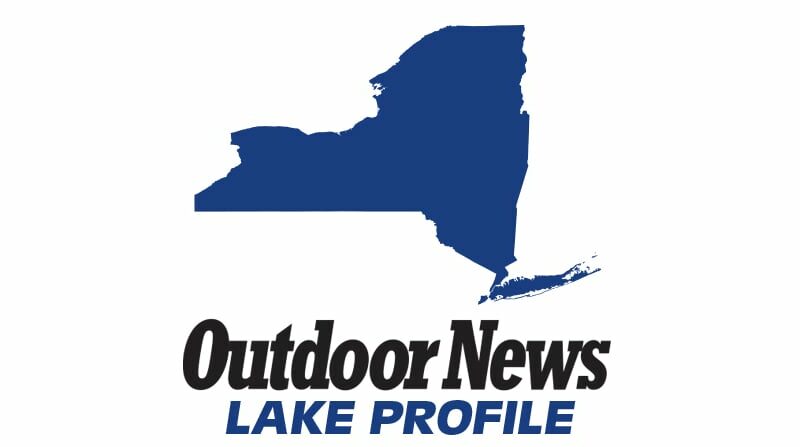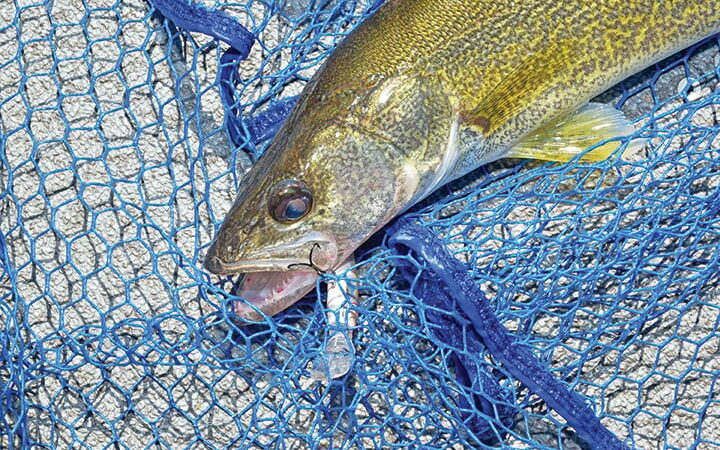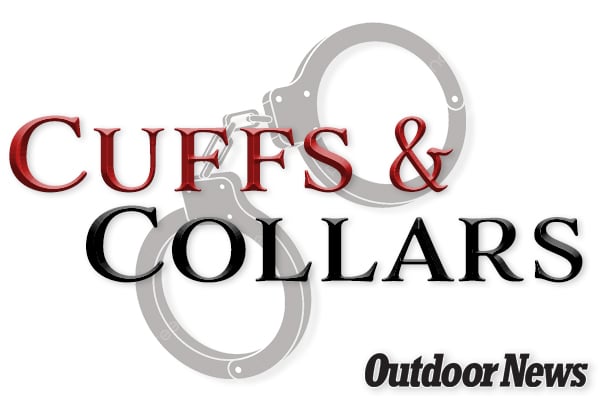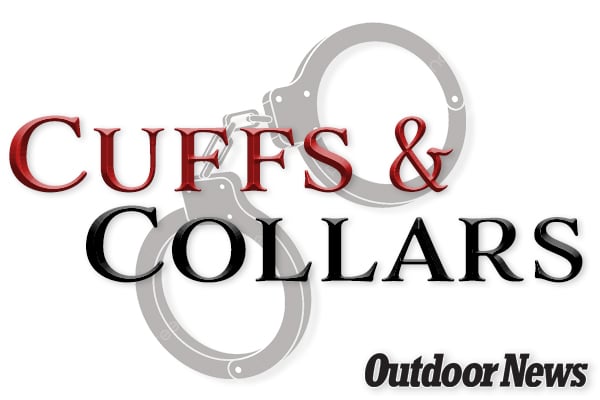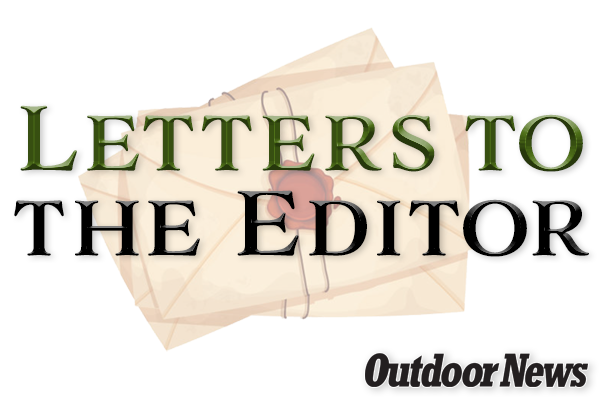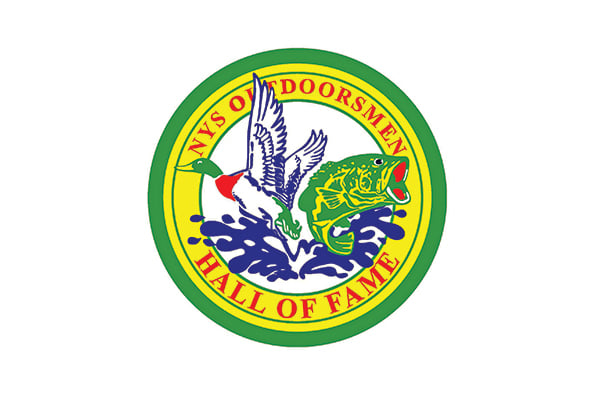DNR to host eight deer population meetings in western Iowa this July to discuss declining herd numbers – Outdoor News
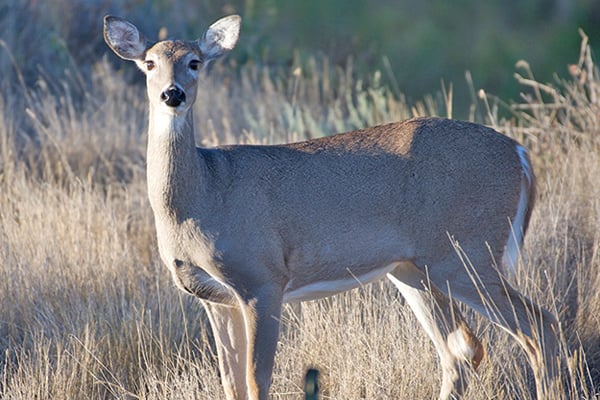
The Iowa Department of Natural Resources (DNR) is hosting eight meetings in Western Iowa to discuss the status of the region’s deer herd as population levels have fallen in recent years. The meetings are open to the public.
State wildlife experts say there are likely multiple factors that have contributed to the decline in the number of deer on the landscape and it might take a multilevel approach for the herd to recover.
“With the hindsight we have today, we can look back and realize that too much doe harvest was encouraged for too long in western Iowa,” said Jace Elliott, state deer biologist with the Iowa DNR. “Significant outbreaks of hemorrhagic disease over the last decade have not helped populations recover, and changes in land cover resulting in less habitat makes deer more vulnerable to harvest. This population decline impacts roughly one-fifth of the state so we are encouraging hunters and landowners to come to the meetings and give us their feedback. Every voice counts.”
MORE COVERAGE FROM OUTDOOR NEWS:
Mitigation of low-head dams dubbed as “drowning machines” continues in Iowa
Summer scouting: Start laying the foundation for your best deer season ever
Ryan Rothstein: The fascinating way weather patterns, precipitation impact deer herds
The goal of these meetings is to move forward with a plan the department can execute and that hunters will support, he said.
Meetings are scheduled in July and run from 6:30 to 8 p.m.
- July 8, Atlantic, at The Venue
- July 9, Denison, at Yellow Smoke Park Lookout Shelter
- July 10, Council Bluffs, at Bass Pro Shops
- July 11, Shenandoah, at the Public Library
- July 15, Onawa, at the Public Library
- July 16, Sioux Center, at Sandy Hollow Clubhouse
- July 17, Sioux City, at Dorothy Pecaut Nature Center
- July 18, Cherokee, at the Community Center Auditorium
“Deer hunting is one of Iowa’s most recreationally and economically important traditions. Our goal is to manage deer numbers at a level that is acceptable to our citizens and that supports a quality hunting experience,” Elliott said.

